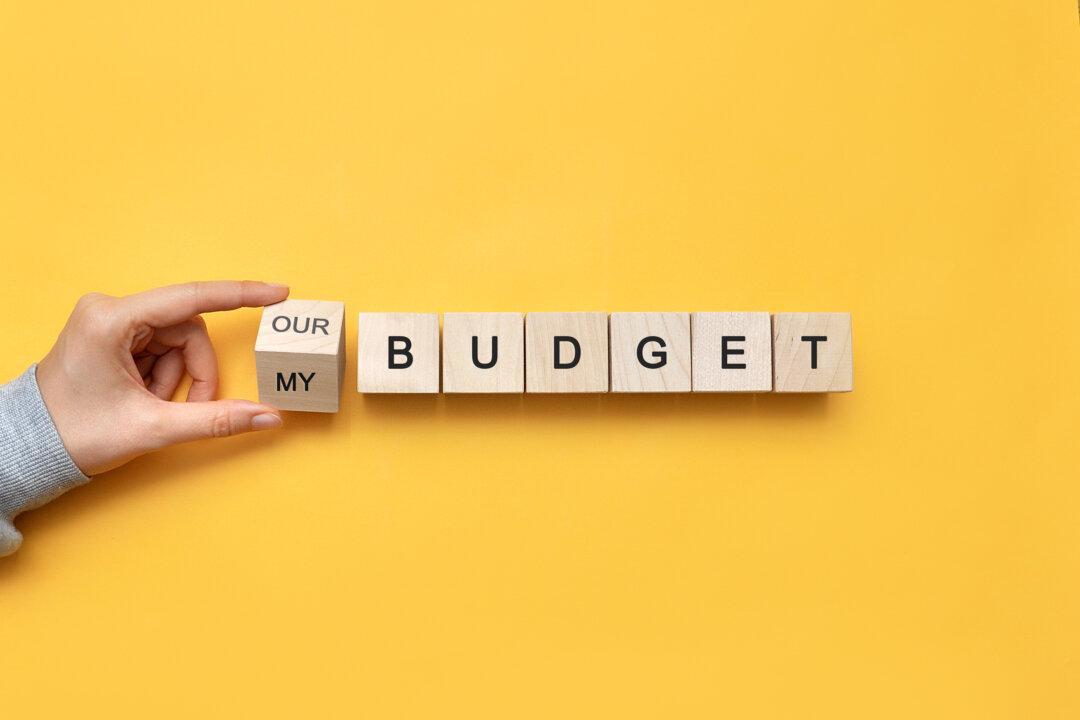One of the best ways to manage money is to create a budget. Not having one could mean that money is spent on trivial things, with nothing to show for it in the long run. A budget does not have to be complex to work—especially if you have never created one before. Here are some steps you can use to create a family budget.
Calculating Total Net Income
The first thing you need to do to create a budget is to know how much total money you bring in each month. This includes all the money you bring home after taxes. It does not include any regular paycheck deductions. If you are self-employed and bring in varying amounts each month, calculate the average monthly income you receive.Determining Monthly Expenses
Work on figuring out your monthly expenses next. It is important that you understand where every penny is going. List all your bills and expenditures—whether fixed or not. Include mortgage payments or rent, memberships, groceries, fast food purchases, car payments, insurance, transportation, and everything else.Create categories for these expenses. This will help you understand your fixed expenses and your discretionary, or optional, purchases. BetterMoneyHabits suggests writing down your expenditures daily so that you are sure not to miss any of them. Do this for one or two months. You can record them on paper, with a budget app on your phone, or using a budget sheet. You can also find a list of the top budgeting tools at EpochTimes.






